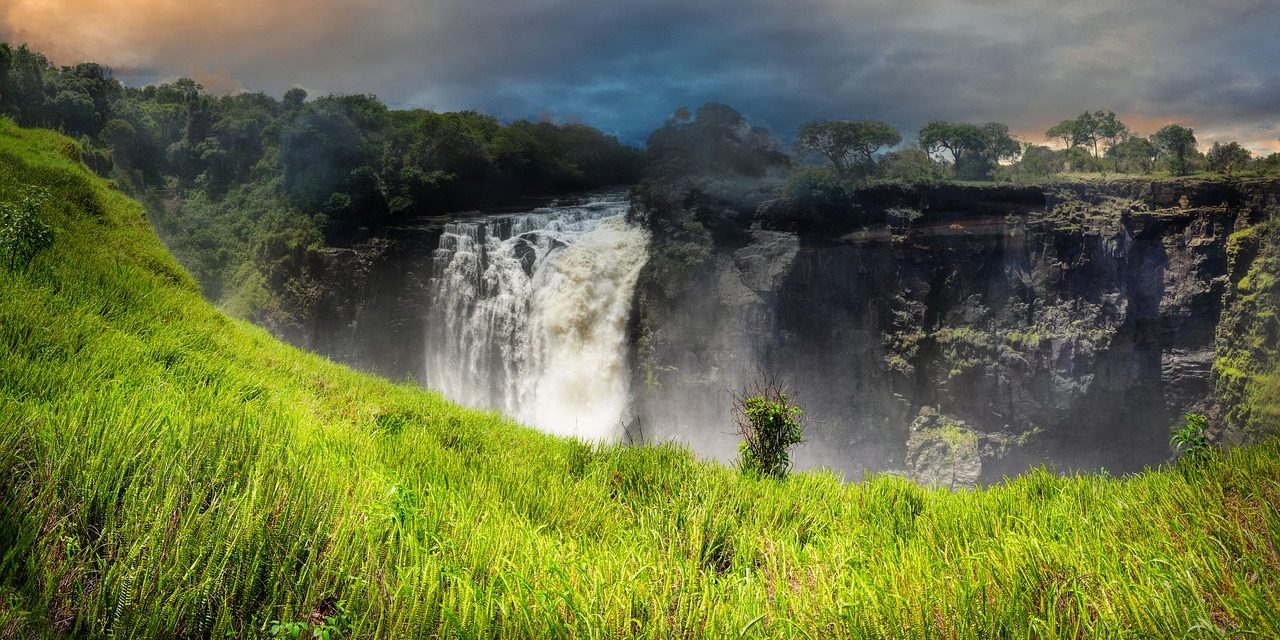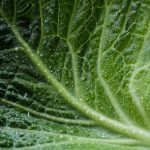If you’ve ever wondered what weather to expect in Zambia throughout the year, you’re in the right place. Whether you’re planning a vacation or simply curious about the climate, this article will give you a comprehensive overview of what to expect in terms of temperatures, rainfall, and seasons in this beautiful African country. So, grab a cup of coffee and let’s explore the weather patterns and bring you up to speed on what Zambia has in store for you, month by month.

Zambia Weather Overview
Zambia, situated in southern Africa, experiences a diverse climate throughout the year. The weather is characterized by distinct dry and wet seasons, each offering unique conditions and attractions. From the scorching heat of the dry season to the refreshing rainfall in the wet season, there’s something for everyone in this beautiful country.
Dry Season (May to August)
The dry season in Zambia typically extends from May to August. During this time, the weather is generally clear and sunny, with minimal rainfall. The days are warm and pleasant, making it the perfect time to explore the country’s vast national parks and go on thrilling wildlife safaris. The dry season is also a popular time for outdoor activities, such as hiking, camping, and birdwatching.
May to August
In May and June, the weather gradually becomes cooler, providing relief from the intense heat of the preceding months. The average temperature ranges between 15°C (59°F) and 25°C (77°F) during this period, making it comfortable to engage in various outdoor activities. It is advisable to bring light layers of clothing to adjust to the temperature changes throughout the day.
September to October
As September and October set in, the temperatures begin to rise again, reaching highs of around 30°C (86°F) in some regions. Although still considered part of the dry season, occasional thunderstorms can occur, bringing brief showers. Travelers are advised to carry a light raincoat or umbrella to stay prepared for these sporadic rain showers.
Wet Season (November to April)
Zambia experiences its wet season from November to April. During this period, the country comes alive with lush green landscapes and vibrant vegetation. While rain showers can occur at any time, they are typically in the form of afternoon downpours, allowing for the exploration of the country in the morning.
The wet season is known as the “green season” among safari enthusiasts, as it offers a unique opportunity to witness the stunning beauty of Zambia’s flora and fauna. The national parks are filled with an abundance of wildlife, and birdwatching becomes particularly rewarding during this time.
Temperature
Zambia’s temperatures vary across the country, influenced by factors such as altitude and proximity to bodies of water. Overall, the climate is typically warm and temperate, with seasonal variations.
Average Temperatures
The average temperatures in Zambia range from 20°C (68°F) to 30°C (86°F) throughout the year. The hottest temperatures are usually experienced during the dry season, while the wet season brings slightly milder temperatures.
Seasonal Variations
Seasonal temperature variations are more noticeable during the dry season. In the cooler months of May and June, temperatures can drop as low as 10°C (50°F) in some regions, especially during the night. Conversely, September and October see temperatures rise again, with some areas experiencing highs over 30°C (86°F).
Rainfall
Rainfall is a significant feature of Zambia’s climate, with distinct differences between the wet and dry seasons. The amount of rainfall and its distribution varies across the different regions of the country.
Annual Rainfall
Zambia receives an average annual rainfall ranging from 800mm (31 in) to 1,400mm (55 in), with higher precipitation in areas closer to the equator. The wettest months are generally December to February, while October and November also see significant rainfall. On the other hand, the dry season is characterized by minimal rainfall, often seeing no precipitation for extended periods.
Regional Differences
Rainfall distribution varies across the country, creating distinct climatic regions. The western and southern regions tend to receive more rainfall, while the eastern and northeastern parts experience relatively less rainfall. Travelers should be aware of these regional differences when planning their activities, as they may impact accessibility and wildlife viewing opportunities.
Humidity
Humidity levels in Zambia can fluctuate throughout the year, with notable differences between the dry and wet seasons.
Dry Season Humidity
During the dry season, which spans from May to August, humidity levels are relatively low. This creates a dry and comfortable atmosphere, making outdoor activities enjoyable. However, it is still important to stay hydrated and use appropriate skincare routines to protect against the sun’s rays.
Wet Season Humidity
The wet season, from November to April, brings higher levels of humidity. The increased moisture in the air creates a more tropical feel, contributing to the vibrant growth of flora and the increased presence of wildlife. Travelers should be prepared for higher humidity levels and consider lightweight and breathable clothing options during this time.
Sunshine
Zambia enjoys an abundance of sunshine throughout the year, contributing to its warm and inviting climate.
Sunshine Hours
On average, Zambia receives around 8 to 10 hours of sunshine per day throughout the year. The sunniest months are typically September and October, coinciding with the latter part of the dry season. During this time, visitors can expect clear skies and ample opportunities for outdoor adventures.
Sunshine Distribution
Sunshine distribution is relatively consistent across the country, although variations occur between the wet and dry seasons. The dry season experiences more consistent sunshine, with occasional cloudy days, while the wet season brings intermittent rainfall and cloud cover. Despite this, sunlight still dominates most days, providing ample opportunity to soak up Zambia’s natural beauty.
Wind
Zambia experiences a range of wind patterns, influenced by its geographical location and surrounding weather systems.
Wind Patterns
Throughout the year, Zambia experiences both calm and windy periods. The winds are generally gentle and refreshing, providing relief from the heat during the dry season. However, during the wet season, occasional gusts of wind can be expected, particularly during thunderstorms.
Intensity
Overall, the wind in Zambia is not typically severe or disruptive, making it a favorable destination for outdoor activities. It is advisable to check the weather forecast when planning outdoor adventures, as winds can pick up during storms or in certain regions.
Cloud Cover
Cloud cover in Zambia varies depending on the season, impacting the overall temperature and rainfall patterns.
Cloudy Days
During the wet season, cloud cover is more prevalent, as the increased moisture in the air leads to the formation of rain clouds. Thunderstorms can occur intermittently, resulting in overcast skies and occasional heavy rainfall. In contrast, the dry season experiences fewer cloudy days, allowing for clearer views of the breathtaking landscapes.
Seasonal Variation
Cloud cover shows a clear seasonal variation in Zambia. The dry season generally enjoys more sunshine and clearer skies, while the wet season sees more cloud cover due to the increased precipitation. Despite the cloudiness, Zambia’s unique landscapes and natural wonders still shine through, providing captivating experiences for visitors.
Weather Hazards
Zambia, like any other country, is not without its weather hazards. It is important to be aware of these potential risks when planning your visit.
Floods
During the wet season, Zambia can experience occasional floods, particularly in low-lying areas and near rivers. Heavy rainfall can lead to flash floods, causing road closures and impacting accessibility to certain regions. It is crucial to stay informed about weather conditions and follow any advisories or warnings issued by local authorities.
Droughts
Conversely, the dry season carries the risk of droughts in some parts of Zambia. Prolonged periods without rainfall can negatively impact water sources, agriculture, and wildlife. While droughts are relatively rare, it is important to practice responsible water usage when visiting during the dry season.
Cyclones
Although rare, Zambia can be affected by cyclones, especially in the eastern regions. These intense tropical storms can bring heavy rainfall, strong winds, and potential damage. It is essential to monitor weather updates and follow safety guidelines in the event of a cyclone warning.
In conclusion, Zambia’s climate offers a diverse range of weather conditions throughout the year, catering to various preferences and activities. Whether you seek the vibrant green of the wet season or the clear skies of the dry season, this beautiful country provides an array of natural wonders to explore and enjoy. By understanding the weather patterns and hazards, you can plan your visit to Zambia accordingly and make the most of your experience in this remarkable African destination.












